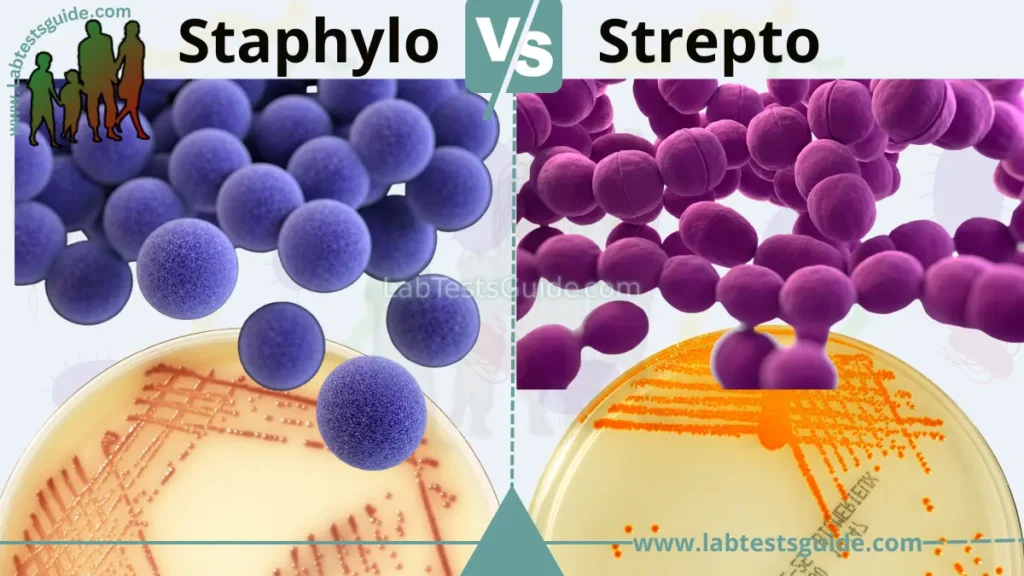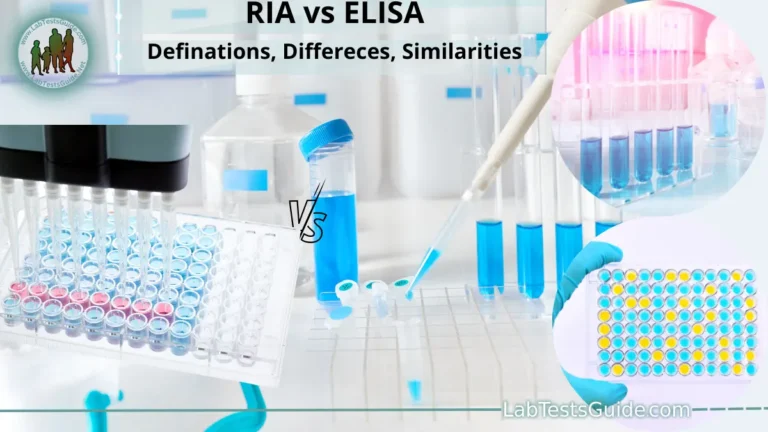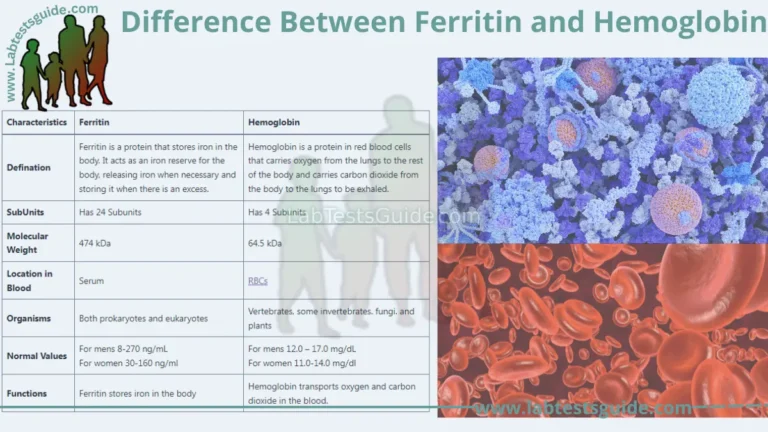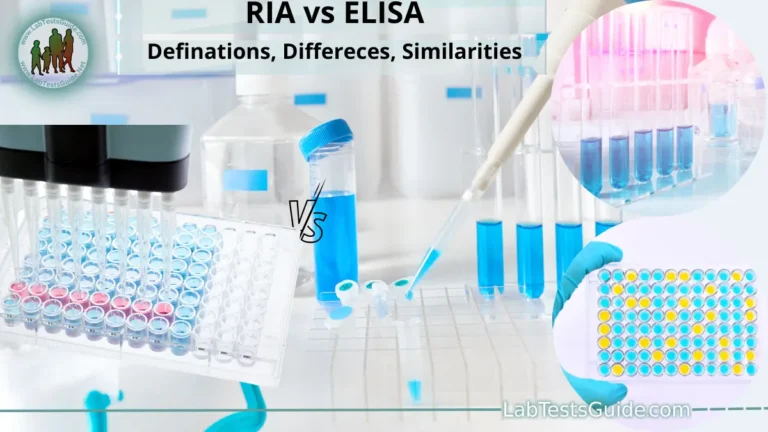Staphylococcus and Streptococcus are both bacteria that belong to the phylum Firmicutes and share several similarities, including their spherical shape and ability to form clusters. However, there are important differences between these two groups of bacteria, such as the arrangement of their cells, the types of diseases they cause, and their susceptibility to certain antibiotics.

Definations:
Defination of Staphylococcus:
Staphylococcus is a genus of gram-positive bacteria that are spherical in shape and form clusters. They are commonly found on the skin and mucous membranes of humans and animals, but some species can cause a wide range of infections, including skin infections, pneumonia, and sepsis. Staphylococcus bacteria are known for their ability to develop resistance to antibiotics, making them a significant public health concern.
Defination of Streptococcus :
Streptococcus is a genus of gram-positive bacteria that are spherical in shape and form chains. They can be found in various environments, including the skin, throat, and intestines of humans and animals. Some species of Streptococcus can cause a wide range of diseases, including strep throat, pneumonia, and necrotizing fasciitis (flesh-eating disease). While some strains of Streptococcus can be treated with antibiotics, others have developed resistance, making them a significant public health concern.
Table of Biochemical Tests:
here is a table of common biochemical tests used to differentiate between Staphylococcus and Streptococcus:
| Biochemical Test | Staphylococcus | Streptococcus |
|---|---|---|
| Gram Stain | Positive | Can be positive or negative |
| Cell Shape | Spherical | Spherical or ovoid |
| Cell Arrangement | Clustered | Chained |
| Catalase Test | Positive | Negative |
| Coagulase Test | Positive | Negative |
| Hemolysis | Non-hemolytic | Alpha, beta, or gamma hemolytic |
| Oxygen Requirement | Facultative anaerobe | Obligate or facultative anaerobe |
| Fermentation of Glucose | Positive | Variable |
| Nitrate Reduction | Negative | Positive |
| PYR Test | Negative | Positive |
| Bile Esculin Test | Positive | Variable |
| Optochin Sensitivity | Resistant | Sensitive |
| Bacitracin Sensitivity | Resistant | Sensitive |
It is important to note that not all Staphylococcus and Streptococcus species will exhibit the same results for each test. Therefore, additional tests may be required to accurately identify the specific species of bacteria present.
20 Differences Between Staphylococcus and Streptococcus:
Here are 20 differences between Staphylococcus and Streptococcus:
- Cell arrangement: Staphylococcus cells are arranged in clusters, while Streptococcus cells are arranged in chains.
- Gram staining: Staphylococcus bacteria are gram-positive, while Streptococcus bacteria can be either gram-positive or gram-negative.
- Catalase test: Staphylococcus bacteria are catalase-positive, while Streptococcus bacteria are catalase-negative.
- Coagulase test: Staphylococcus bacteria are coagulase-positive, while Streptococcus bacteria are coagulase-negative.
- Diseases caused: Staphylococcus species are associated with a wide range of diseases, including skin infections, pneumonia, and sepsis, while Streptococcus species cause various infections, such as strep throat, pneumonia, and necrotizing fasciitis.
- Antibiotic resistance: Some strains of Staphylococcus, such as methicillin-resistant Staphylococcus aureus (MRSA), are known for their resistance to antibiotics, while Streptococcus species are generally more susceptible to treatment.
- Virulence factors: Staphylococcus species produce toxins, such as the exotoxins and enterotoxins, which contribute to the pathogenicity of the bacteria, while Streptococcus species produce enzymes that can degrade tissues and cause damage to the host.
- Habitat: Staphylococcus bacteria are commonly found on the skin and mucous membranes of humans and animals, while Streptococcus bacteria can be found in various environments, including the skin, throat, and intestines of humans and animals.
- Species diversity: The Staphylococcus genus has over 40 known species, while the Streptococcus genus has over 60 known species.
- Hemolysis: Staphylococcus species are not known to cause hemolysis, while Streptococcus species can cause alpha, beta, or gamma hemolysis.
- Oxygen requirement: Staphylococcus species are facultative anaerobes, meaning they can grow in the presence or absence of oxygen, while Streptococcus species are obligate or facultative anaerobes.
- Shape: Staphylococcus cells are round or oval-shaped, while Streptococcus cells are more elongated or rod-shaped.
- Size: Staphylococcus cells are typically larger than Streptococcus cells.
- Catalase activity: Staphylococcus species produce catalase enzymes that break down hydrogen peroxide, while Streptococcus species lack this enzyme.
- Colony morphology: Staphylococcus colonies are usually round and convex, while Streptococcus colonies are often smaller and more irregular in shape.
- Type of infection: Staphylococcus species are more commonly associated with localized infections, while Streptococcus species can cause both localized and systemic infections.
- Transmission: Staphylococcus can be transmitted through direct contact with infected individuals or surfaces, while Streptococcus can be transmitted through respiratory droplets, direct contact, or food-borne transmission.
- Host range: Staphylococcus species can infect both humans and animals, while Streptococcus species have a wider host range, including humans, animals, and even plants.
- Colonization: Staphylococcus species can colonize the skin and mucous membranes without causing disease, while Streptococcus species are less commonly found in healthy individuals.
- Treatment: Staphylococcus infections can be more difficult to treat due to the prevalence of antibiotic
Table of Differences:
Sure, here is a table summarizing the differences between Staphylococcus and Streptococcus:
| Characteristic | Staphylococcus | Streptococcus |
|---|---|---|
| Cell shape | Spherical | Spherical or ovoid |
| Cell arrangement | In clusters | In chains |
| Gram stain | Gram-positive | Can be either Gram-positive or Gram-negative |
| Catalase test | Positive | Negative |
| Coagulase test | Positive | Negative |
| Hemolysis | Not known to cause hemolysis | Can cause alpha, beta, or gamma hemolysis |
| Oxygen requirement | Facultative anaerobe | Obligate or facultative anaerobe |
| Colony morphology | Round and convex | Smaller and more irregular |
| Diseases caused | Skin infections, pneumonia, sepsis, etc. | Strep throat, pneumonia, necrotizing fasciitis, etc. |
| Antibiotic resistance | Some strains are resistant to antibiotics | Generally more susceptible to treatment |
| Virulence factors | Produce toxins such as exotoxins and enterotoxins | Produce enzymes that can degrade tissues |
| Habitat | Commonly found on skin and mucous membranes | Found in various environments, including skin, throat, and intestines |
| Species diversity | Over 40 known species | Over 60 known species |
| Size | Typically larger | Smaller |
| Catalase activity | Produce catalase enzymes | Lack catalase enzymes |
| Type of infection | More commonly associated with localized infections | Can cause both localized and systemic infections |
| Transmission | Direct contact with infected individuals or surfaces | Respiratory droplets, direct contact, or food-borne transmission |
| Host range | Can infect both humans and animals | Have a wider host range, including humans, animals, and plants |
| Colonization | Can colonize skin and mucous membranes without causing disease | Less commonly found in healthy individuals |
| Treatment | Infections can be more difficult to treat | Generally easier to treat |
Similarities Between Staphylococcus and Streptococcus:
Despite their differences, there are also some similarities between Staphylococcus and Streptococcus, including:
- Both are spherical or ovoid-shaped bacteria.
- Both can be found in various environments, including skin, throat, and intestines.
- Both can cause a wide range of infections, including skin infections, respiratory infections, and sepsis.
- Both can develop antibiotic resistance, making them more difficult to treat.
- Both can produce enzymes and toxins that contribute to their virulence.
- Both can be spread through direct contact with infected individuals or surfaces.
- Both can colonize the skin and mucous membranes without causing disease.
- Both can be cultured in a laboratory setting using similar techniques.
- Both can be identified using Gram staining and other biochemical tests.
Table of Similarities:
Sure, here is a table summarizing the similarities between Staphylococcus and Streptococcus:
| Characteristic | Staphylococcus | Streptococcus |
|---|---|---|
| Cell shape | Spherical or ovoid | Spherical or ovoid |
| Habitat | Found in various environments, including skin, throat, and intestines | Found in various environments, including skin, throat, and intestines |
| Diseases caused | Can cause a wide range of infections, including skin infections, respiratory infections, and sepsis | Can cause a wide range of infections, including skin infections, respiratory infections, and sepsis |
| Antibiotic resistance | Both can develop antibiotic resistance, making them more difficult to treat | Both can develop antibiotic resistance, making them more difficult to treat |
| Virulence factors | Both can produce enzymes and toxins that contribute to their virulence | Both can produce enzymes and toxins that contribute to their virulence |
| Transmission | Both can be spread through direct contact with infected individuals or surfaces | Both can be spread through direct contact with infected individuals or surfaces |
| Colonization | Both can colonize the skin and mucous membranes without causing disease | Both can colonize the skin and mucous membranes without causing disease |
| Laboratory culture | Both can be cultured in a laboratory setting using similar techniques | Both can be cultured in a laboratory setting using similar techniques |
| Identification | Both can be identified using Gram staining and other biochemical tests | Both can be identified using Gram staining and other biochemical tests |
FAQs (frequently asked questions ):
What is Staphylococcus?
Answer: Staphylococcus is a genus of spherical bacteria that are commonly found on skin and mucous membranes.
What is Streptococcus?
Answer: Streptococcus is a genus of spherical or ovoid bacteria that are found in various environments, including skin, throat, and intestines.
What is the cell shape of Staphylococcus?
Answer: The cell shape of Staphylococcus is spherical.
What is the cell shape of Streptococcus?
Answer: The cell shape of Streptococcus is spherical or ovoid.
What is the cell arrangement of Staphylococcus?
Answer: Staphylococcus bacteria are arranged in clusters.
What is the cell arrangement of Streptococcus?
Answer: Streptococcus bacteria are arranged in chains.
What is the Gram stain of Staphylococcus?
Answer: Staphylococcus bacteria are Gram-positive.
What is the Gram stain of Streptococcus?
Answer: Streptococcus bacteria can be either Gram-positive or Gram-negative.
What is the catalase test for Staphylococcus?
Answer: Staphylococcus bacteria are catalase-positive.
What is the catalase test for Streptococcus?
Answer: Streptococcus bacteria are catalase-negative.
What is the coagulase test for Staphylococcus?
Answer: Staphylococcus bacteria are coagulase-positive.
What is the coagulase test for Streptococcus?
Answer: Streptococcus bacteria are coagulase-negative.
Can Staphylococcus cause hemolysis?
Answer: Staphylococcus bacteria are not known to cause hemolysis.
Can Streptococcus cause hemolysis?
Answer: Streptococcus bacteria can cause alpha, beta, or gamma hemolysis.
What is the oxygen requirement for Staphylococcus?
Answer: Staphylococcus bacteria are facultative anaerobes.
What is the oxygen requirement for Streptococcus?
Answer: Streptococcus bacteria can be either obligate or facultative anaerobes.
What are some diseases caused by Staphylococcus?
Answer: Staphylococcus can cause a variety of infections, including skin infections, pneumonia, and sepsis.
What are some diseases caused by Streptococcus?
Answer: Streptococcus can cause a variety of infections, including strep throat, pneumonia, and necrotizing fasciitis.
Can Staphylococcus and Streptococcus develop antibiotic resistance?
Answer: Yes, both Staphylococcus and Streptococcus can develop antibiotic resistance, making them more difficult to treat.
How can Staphylococcus and Streptococcus be transmitted?
Answer: Both Staphylococcus and Streptococcus can be spread through direct contact with infected individuals or surfaces. Streptococcus can also be spread through respiratory droplets or food-borne transmission.
Conclusion:
In conclusion, Staphylococcus and Streptococcus are two different genera of bacteria that have some similarities and differences. Both are spherical in shape but differ in cell arrangement, Gram stain, and some biochemical tests. Staphylococcus is typically arranged in clusters, Gram-positive, catalase-positive, and coagulase-positive, while Streptococcus is arranged in chains, can be either Gram-positive or Gram-negative, catalase-negative, and coagulase-negative. Both bacteria can cause a range of infections and can develop antibiotic resistance. It is important to understand the differences and similarities between these two genera to effectively diagnose and treat infections caused by them.
Possible References Used








One Comment